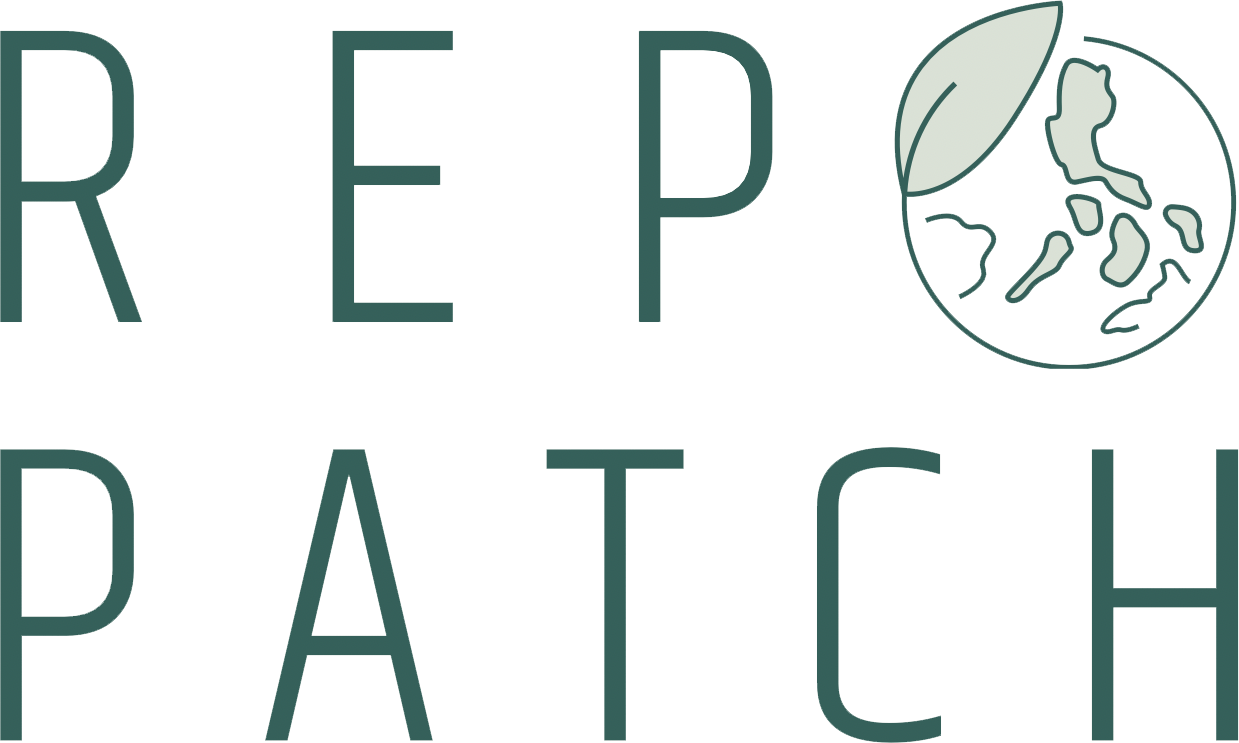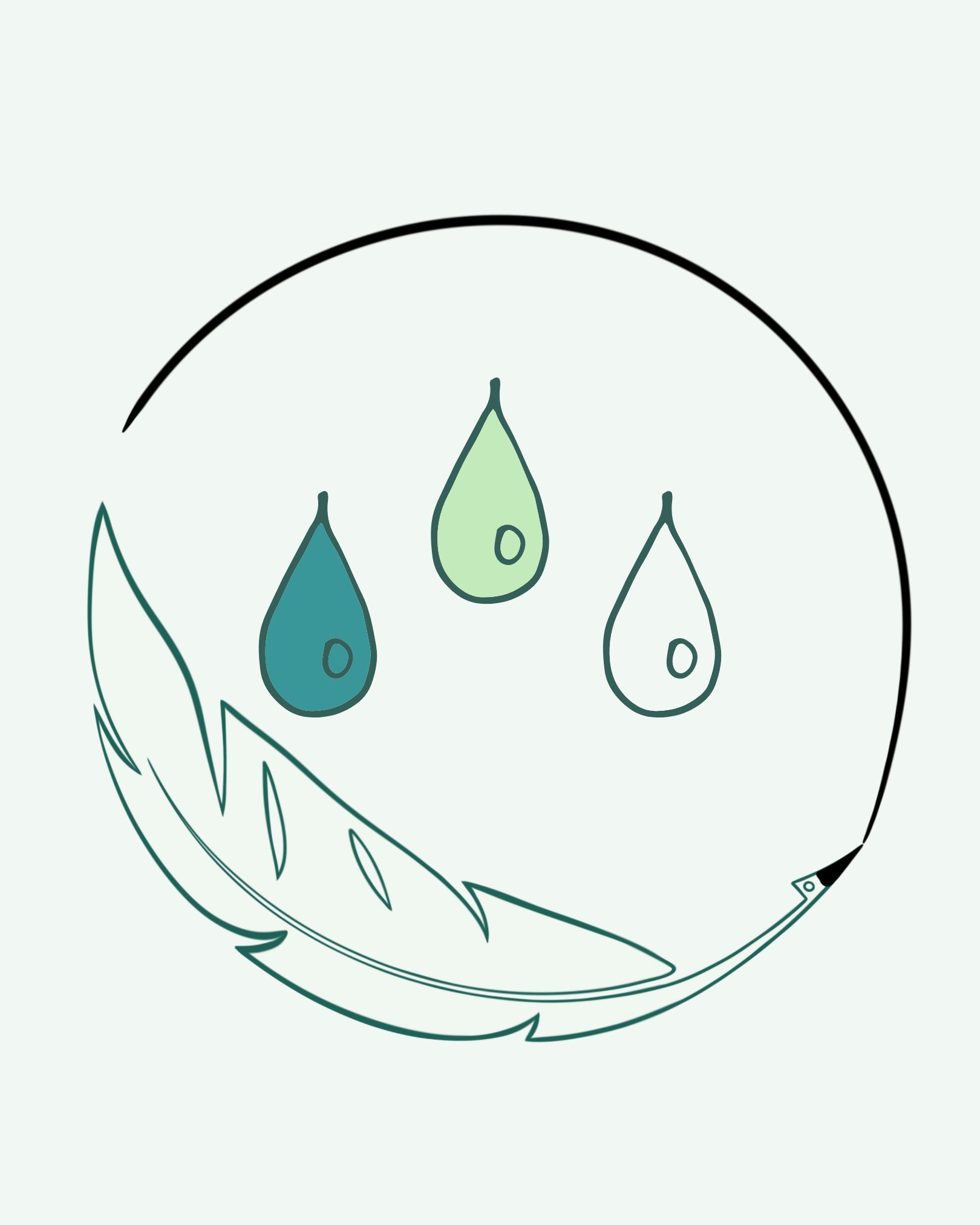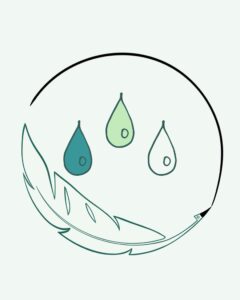Water Consumption
Water is one of the most essential elements for living things to survive. The world water reserve is 1.4 billion km3, but the amount of usable fresh water corresponds to 1% of the available water. Fresh water on earth; groundwater forms ice floes and frozen glaciers. With the water cycle (hydrological cycle), the continuity of the existing water is ensured. In recent years; Factors such as the rapid development of the industry, climate change and global warming have led to the pollution and even destruction of water resources. For these reasons, the protection of limited water resources and the development of strategies in this context have gained importance.
Water Footprint
Due to the increasing use of water, the world’s fresh water resources are becoming more and more endangered every day. This situation causes water use and wastewater problems to be questioned and makes it necessary to calculate water consumption. The concept of water footprint was first used by Arjen Hoekstra at UNESCO-IHE (Delft Institute for Water Education). water footprint; It is a process that covers the entire process from the processing of the raw material to the delivery and use of the product to the consumer. It refers to the measurement of the amount of sweets consumed in the entire production process of the good or service. The concept of water footprint covers the amount of water used both directly in the supply chain and indirectly in the production process. The amount of water consumed and/or polluted per unit time, including evaporation, is called the water footprint.
It is the analysis of the total amount of clean water consumed by individuals or societies for products, goods or services, or the producer spends for all these goods and services. This analysis is used for better water management. water footprint; blue, green and gray water footprints are divided into three elements that represent water quality and use.
Blue Water Footprint
Blue water footprint is the total volume of surface freshwater (river, lake) and underground (aquifer) resources needed to produce a product or service. It is the amount of surface and groundwater used during the production process.
Green Water Footprint
It is the total rainwater used to produce a product or service. Rainwater is stored in the soil, above the ground or in the vegetation for a while, without mixing with groundwater. Climate change directly affects the amount of green water. The reason for this is that the green water requirement of a region interacts with the amount of precipitation. It is the amount of water corresponding to the rain water used during the production process.
Gray Water Footprint
Gray water footprint represents pollution. According to current water quality standards, it is the total amount of fresh water used for the reduction or disposal of pollution. It is the amount of water required to clean the contaminated water arising from the production of the product or the supply chain.







